
 |
|
|
Andrea's Teaching |
Human-Powered Hydraulic Vehicle Project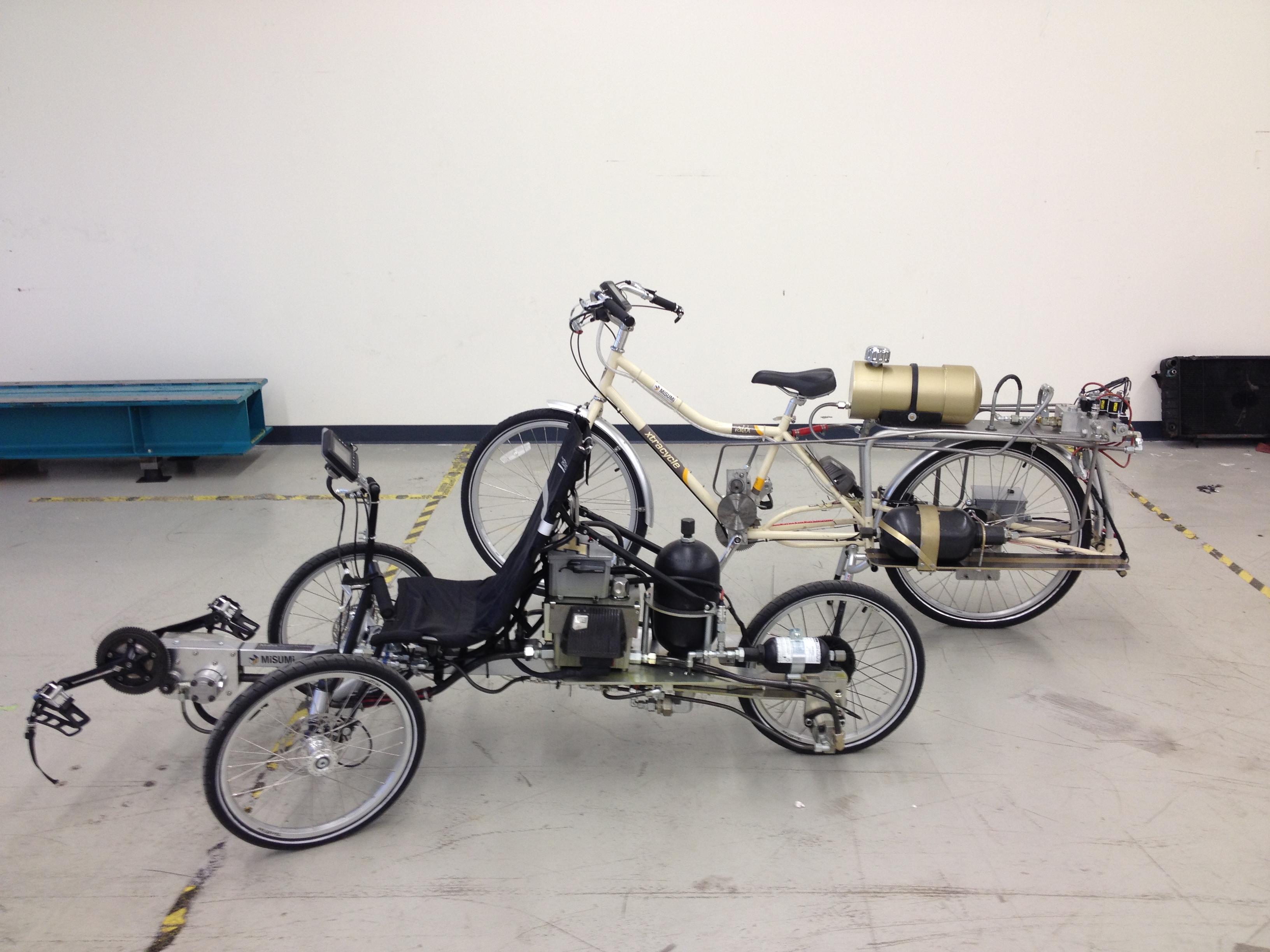 This project is aimed to formulate a viable and economically feasible solution for the next generation of human powered green energy vehicles. In particular, the study explores technologies for hydrostatic transmissions which can be used in place of the typical chain system used for power transmission in common bicycles. Although its lower energy transmission efficiency, compared to the pure mechanical chain, the use of a hydraulic system offers opportunities for energy management for more comfortable pedaling as well as for energy recovery in passive phases, such as braking. Within this project, every year a team of Purdue students supervised by Dr. Vacca design and realize an hydraulic vehicle to compete to the Parker Chainless Challenge. Several US universities (Univ. of Minnesota, Univ. of Illinois at Urbana Champaign, California Polytechnic State Univ., Western Michigan Univ, etc.) take part to this event, presenting every year innovative solutions in accordance to the rules of the competition, established by the main Sponsor (Parker Hannifin). The final competition, usually held in California during April, is based on different challenges between participants which include a sprint test of 400 m, an efficiency test (performance of the vehicle without human power input), a time trial test (12 miles). The winning team is also determined by other parameters, such as quality of the report and presentation, final design, manufacturability. Monetary support for the project as well for the trip to the final event is provided by the main sponsor of the competition, but also by other companies identified by the team members. The budget level for the project usually ranges between $8000-$12000. Please contact Dr. Vacca for more information or for instructions about joining the team. 2012The 2012 vehicle was the first "Purdue Maha" vehicle taking part to the competition. With a two-wheel configuration, the vehicle was based on bent axis units in an open circuit hydrostatic transmission. Two accumulators were used to handle energy accumulation directly from pedals (charging mode) and for energy recovery during breaking. Electro-hydraulic valves were used to determine the circuit configuration, and the control was based on an electronic system based on Parker IQAN. Although the design of the hydraulic system and of the control was very innovative, at the final event the bike suffered for reliability problems (due to one pressure sensor), as well as of a non-optimal maneuverability, due to the non optimal mechanical balance of the vehicle. The bike was featured by the Purdue Journal of Undergraduate Research, and the team received the 3rd place for the best report. 2013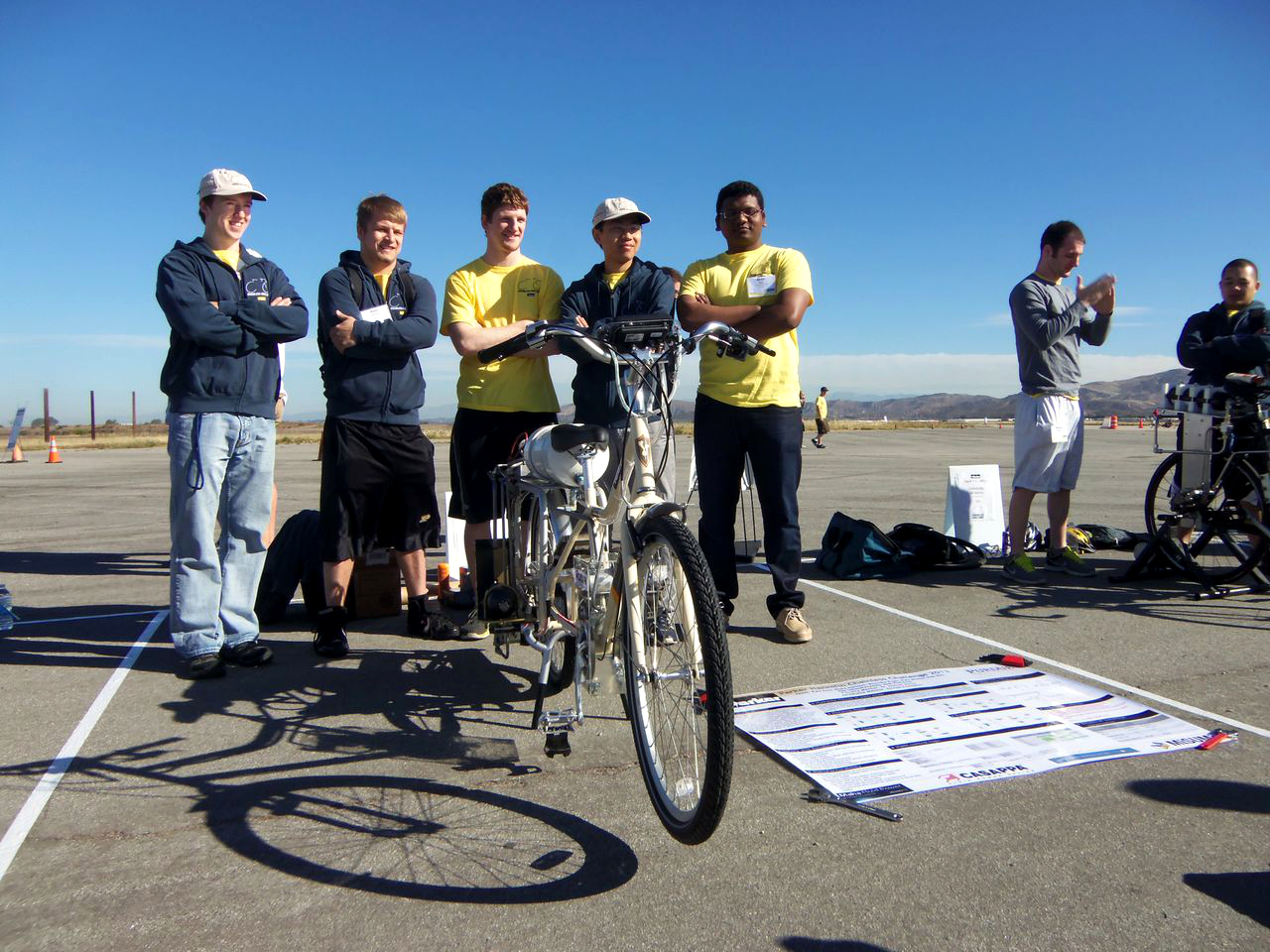 The 2013 bicycle was also based on an open circuit hydrostatic transmission with accumulators for energy storage features, but utilizing external gear units as pump and motor. A numerical model, based on the commercial software AMESim was utilized to optimize the size of all hydraulic components for the competition. The bike adopted an IQAN controller inclusive of a monitor to visualize the status and the important parameters of the bike during the operation. During the time trial race, the gear hub installed on the rear wheel broke, and this penalized the overall score at the final event. The 2013 bike received following awards: Innovation, Ingenuity & Novelty (2nd place), Marketability (3rd place), Best Sprint Race (3rd place), Best Paper & Report (3rd place). Click here to see a video about the 2013 project. 2014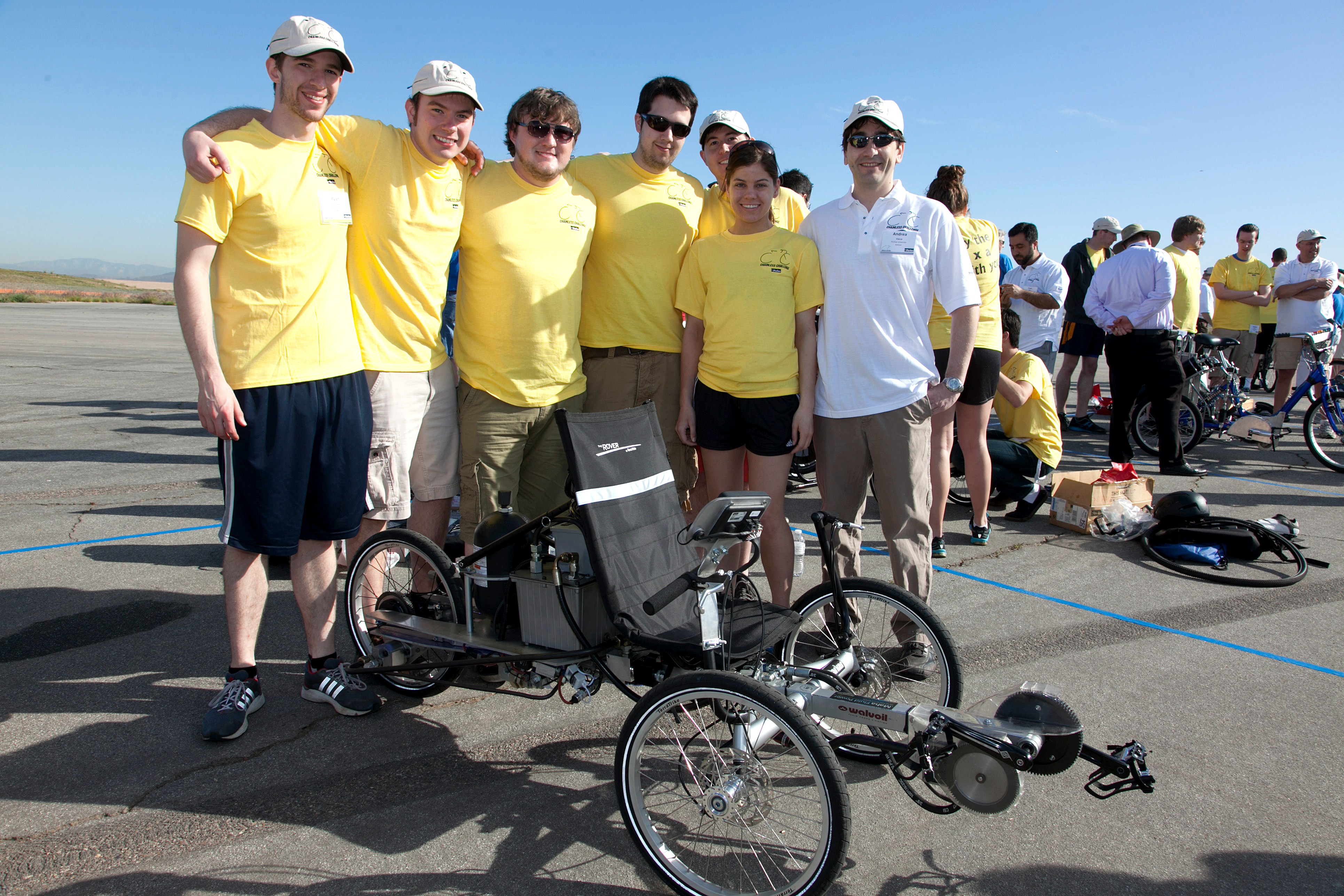 For the 2014 edition of the Chainless Competition, the Purdue team prepared a three-wheel recumbent bike. The hydraulic system was based on an open circuit hydrostatic transmission with external gear units. A duplex gear pump was utilized to provide optimal utilization of the input human power; in particular, high pressure during charging and high flow during pedaling. The system also equipped a 7 speed mechanical gear shift electronically controlled by an IQAN system. A monitor was used to visualize the status of the system but also to actively control the mode of operation of the bike. 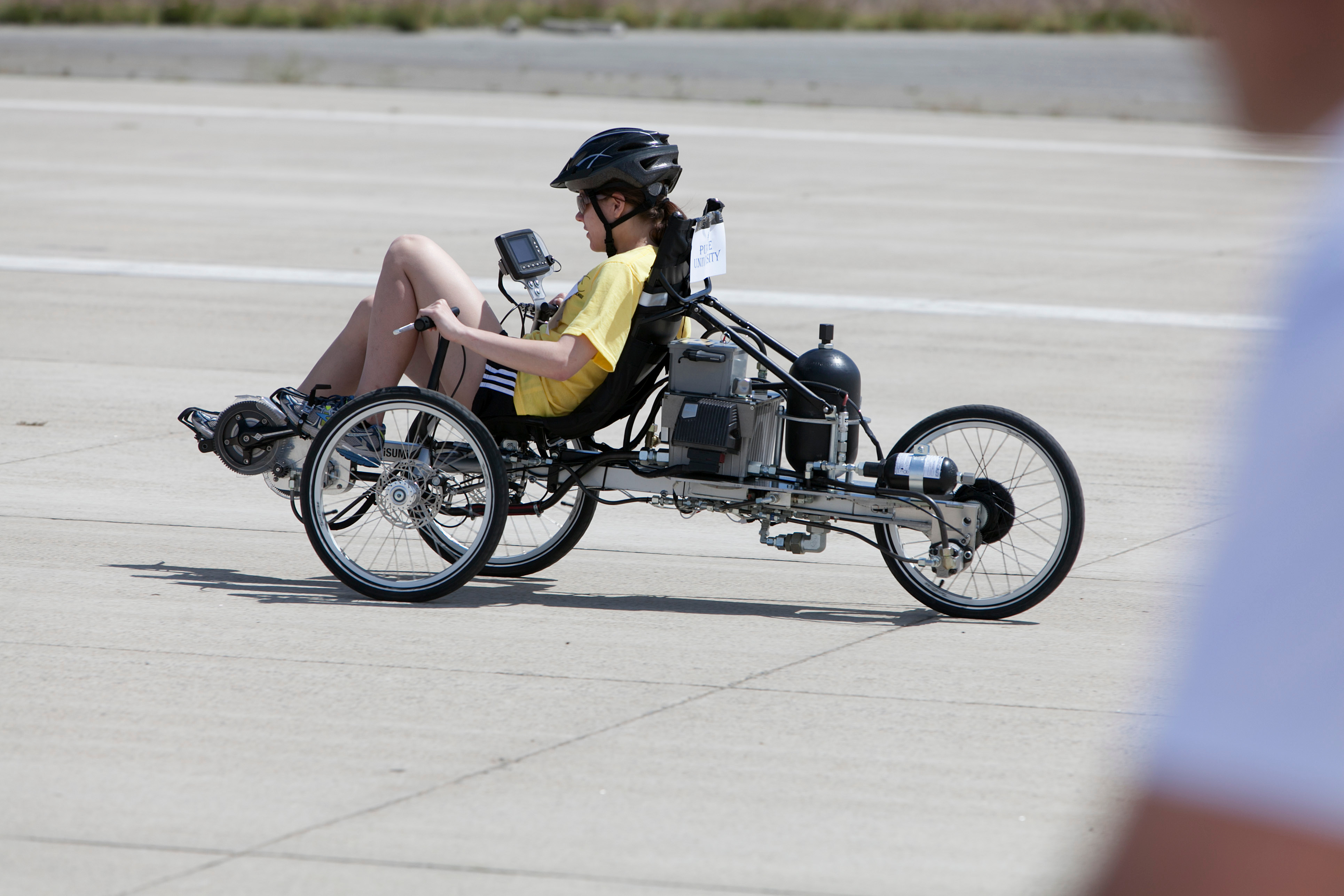 The chassis and the location of the hydraulic components permitted the maximum weight reduction and the optimal maneuverability of the vehicle. The 2014 vehicle placed 2nd in the overall ranking of the competition, receiving awards for Innovation (1st place); Manufacturability and Workmanship (3rd place); Best Design Chosen by Peers (1st place); Best Sprint (3rd place); Sprint Team Partner (4th place); Efficiency (4th place); Time Trial (4th place); Best Paper (2nd place). Click here to see a video about the 2014 project. 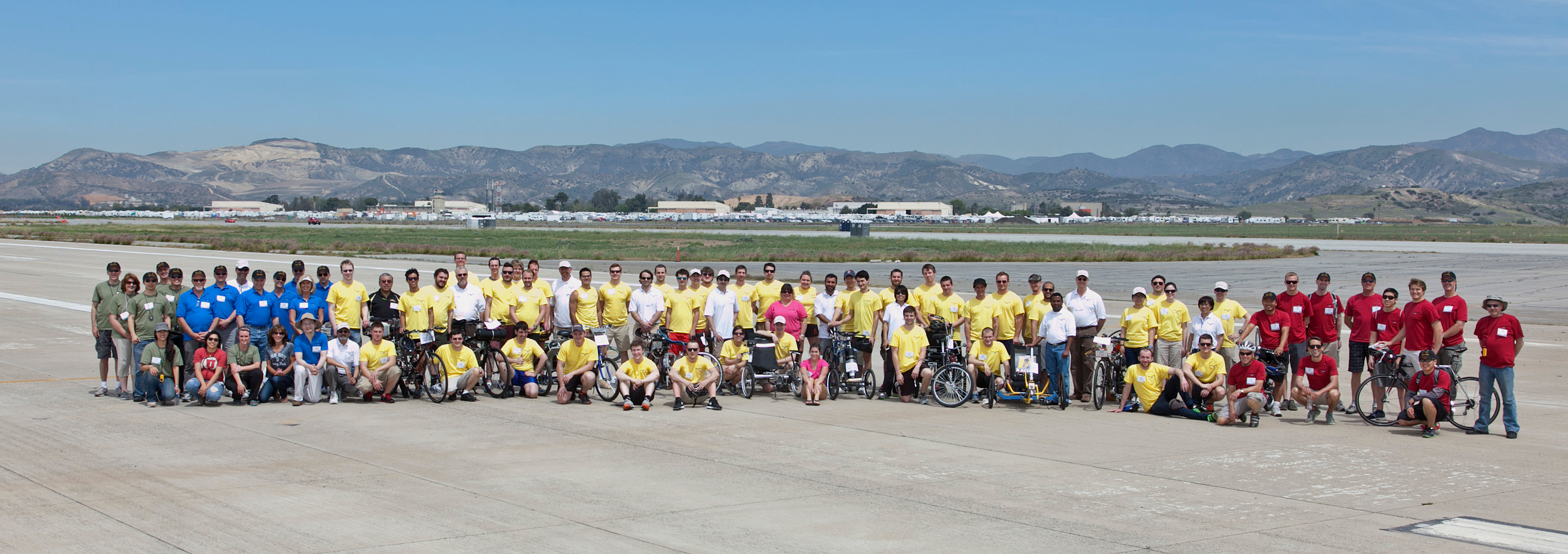 Water Hydraulic Test Rig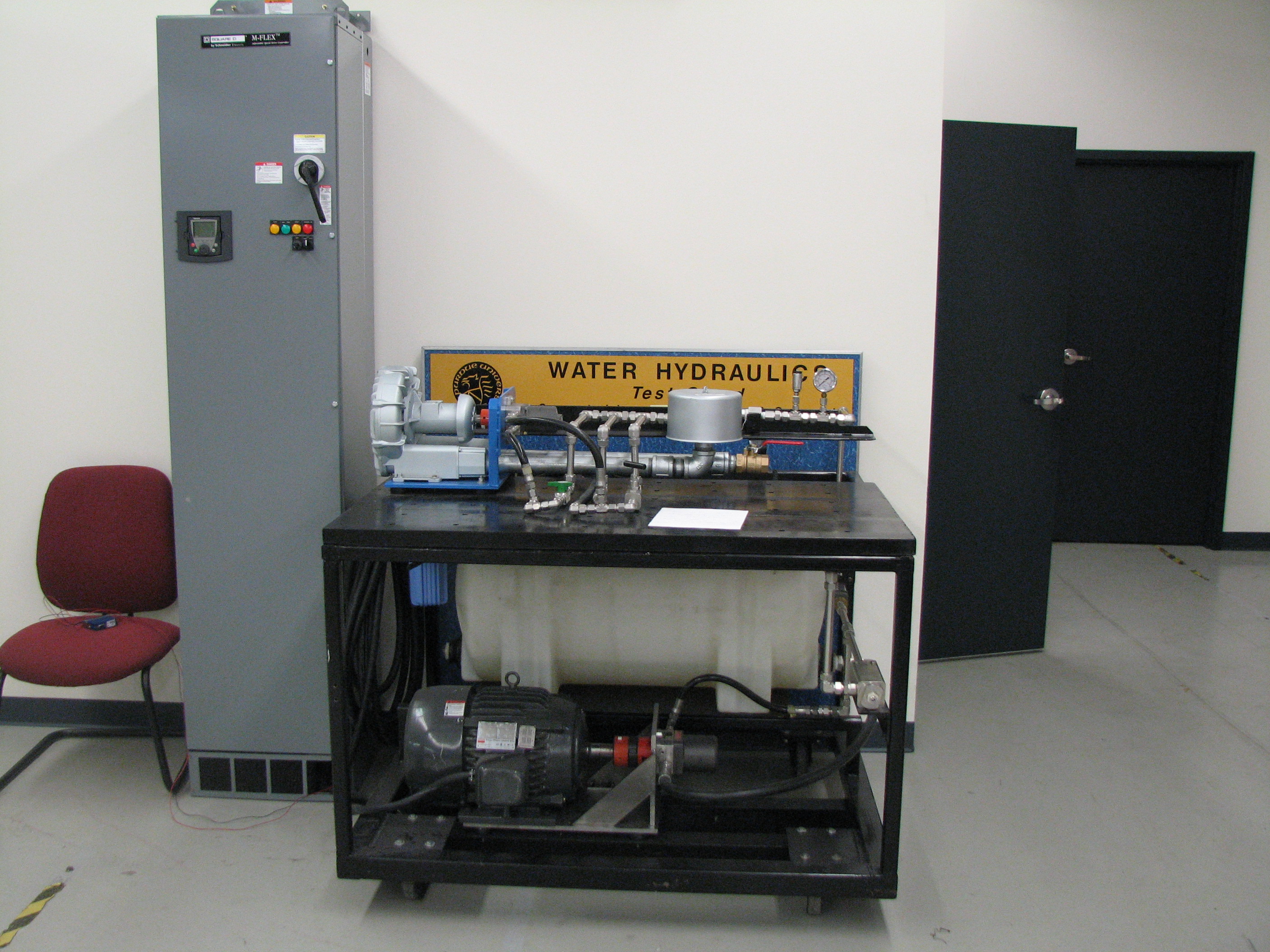 The focus of this project was the completion of the construction of the Water Hydraulic Test Rig, and the development of a LabVIEW program used to collect data for a lab within the fluid mechanics course (ME 309) at Purdue University. Water was used as the working fluid in the test rig, which allowed for a safe environment for students to learn and to experience fluid power in a lab setting. In order to work in a lab setting with the test rig, a LabVIEW interface and data acquisition system were written to operate and control the test rig. LabVIEW is also utilized to collect data so students can perform further analysis on their own in order to increase their exposure to the core concepts of the fluid power discipline. With this test rig and corresponding LabVIEW interface, students are able to perform pump and throttle valve characterizations, hydrostatic transmission, and energy storage via an accumulator. Pump and throttle valve characterizations demonstrate the different operating points of the test rig for students, while the hydrostatic transmission shows the transfer of fluid power from a hydraulic pump to a hydraulic motor. The construction of this Water Hydraulic Test Rig and its supplemental use in the fluid mechanics course (ME 309) at Purdue University will allow students to learn more about the core concepts of fluid power. This knowledge is vital for students to have, since fluid power is how most machines lift heavy objects. © 2013 Maha Fluid Power Research Center | All Rights Reserved. |